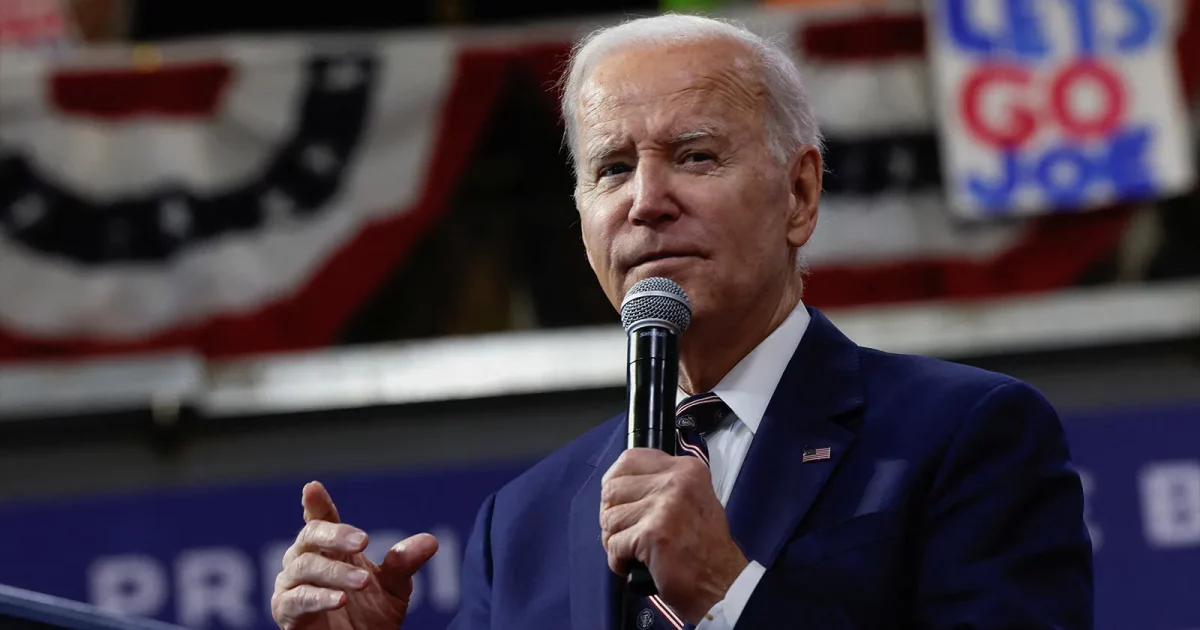
In a significant move, the Biden administration has unveiled a comprehensive revamp of student loan repayment plans, aimed at rendering payments more manageable by reducing the monthly obligation and curbing accumulating unpaid interest.
This transformative shift is poised to put an extra $1,000 back in the pockets of the typical borrower annually, while graduates from four-year public colleges or universities could potentially save a substantial $2,000 each year. The White House and the Department of Education jointly announced these changes, highlighting that a staggering number of Americans are eligible to participate in this program.
President Joe Biden remains committed to his overarching agenda of providing substantial student debt relief, employing various avenues, despite facing legal challenges that have stalled certain facets of his plan.
For instance, the U.S. Supreme Court’s decision in June dealt a blow to a rule that would have absolved $430 billion in student loan debt for a staggering 43 million borrowers. Similarly, a federal appeals court recently put the brakes on a rule designed to facilitate loan forgiveness for students who had fallen prey to for-profit college fraud.
It’s worth noting that student loan payments were temporarily suspended during the COVID-19 pandemic, given the economic turmoil it unleashed. However, these payments have now resumed. President Biden, who is actively seeking re-election in November 2024, has prioritized stabilizing the nation’s economy as a linchpin of his domestic agenda.
Under the freshly introduced Saving on A Valuable Education (SAVE) income-driven repayment plan, the monthly financial burden on qualified borrowers for their undergraduate loans will be slashed from 10 percent to a mere 5 percent of their discretionary income. What’s more, approximately one million additional low-income borrowers are poised to be exempt from any monthly payments altogether.
Crucially, under this plan, loan balances will cease to swell due to unpaid interest, as long as borrowers meet their monthly obligations. Furthermore, eligible borrowers may see their loans forgiven in as little as a decade, a considerable improvement compared to the previous 20 to 25-year timeline associated with income-driven plans.
The White House expressed its commitment, stating, “We are actively pursuing an alternative route to deliver swift student debt relief to as many Americans as possible.”
The Education Department chimed in, emphasizing that this plan “will be a game-changer for low- and middle-income borrowers, community college students, and those in public service roles.” Remarkably, on average, this initiative will reduce the total lifetime payments by half for Black, Hispanic, American Indian, and Alaska Native borrowers, underscoring its commitment to equity and inclusivity.
Recent data reveals that in the second quarter, student loan balances saw a notable decline of $35 billion, bringing the total outstanding debt to $1.57 trillion. This development underscores the urgency of these reforms in light of the colossal burden shouldered by countless individuals striving to secure a brighter future through education.



